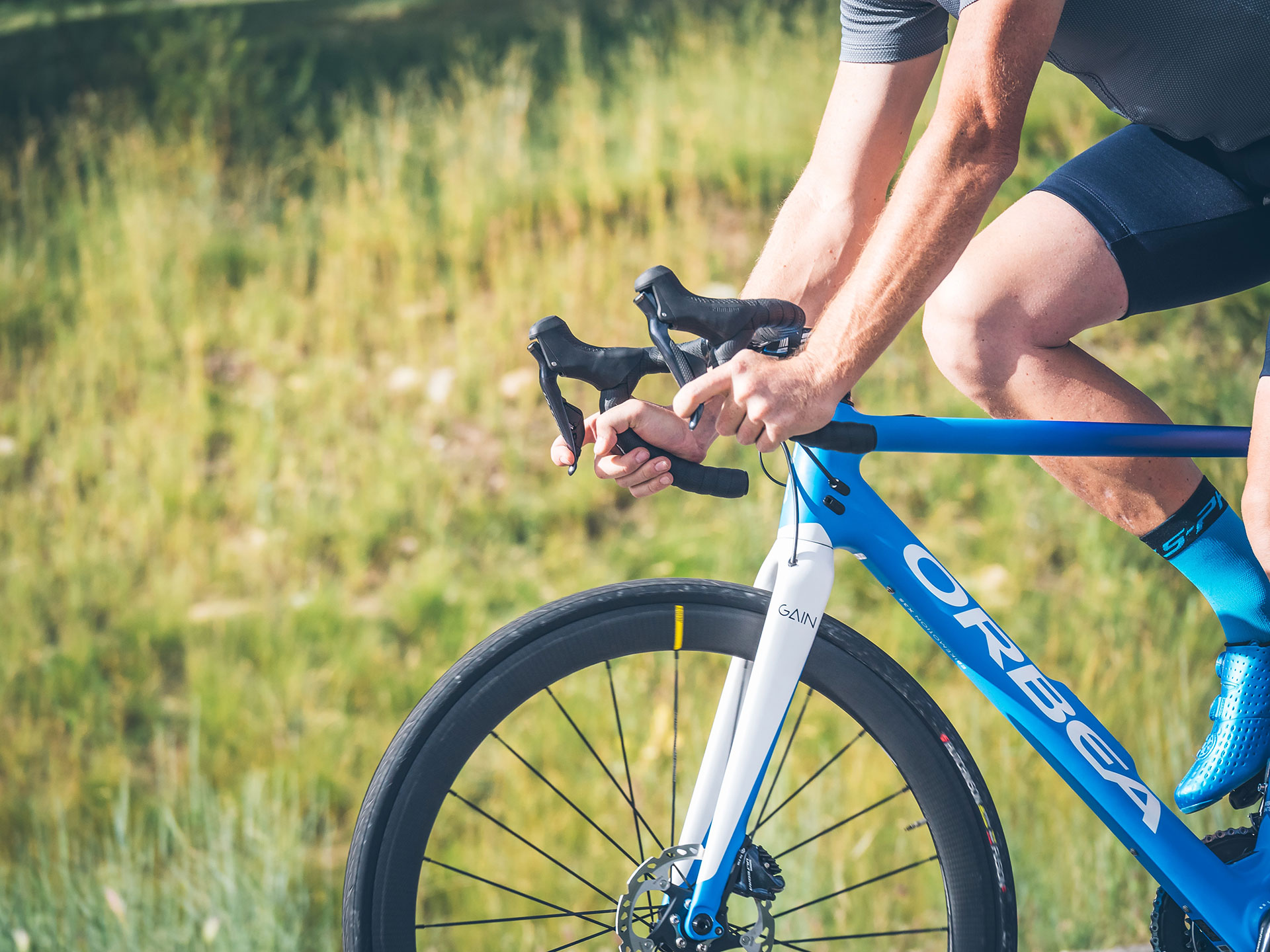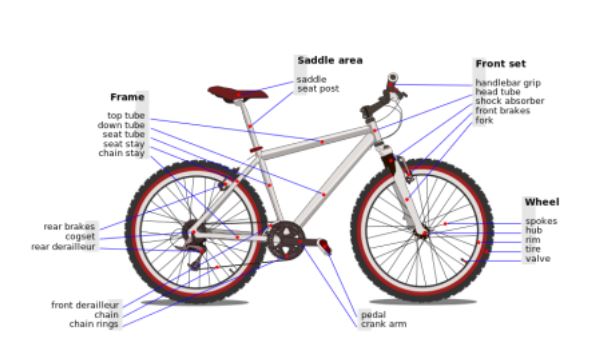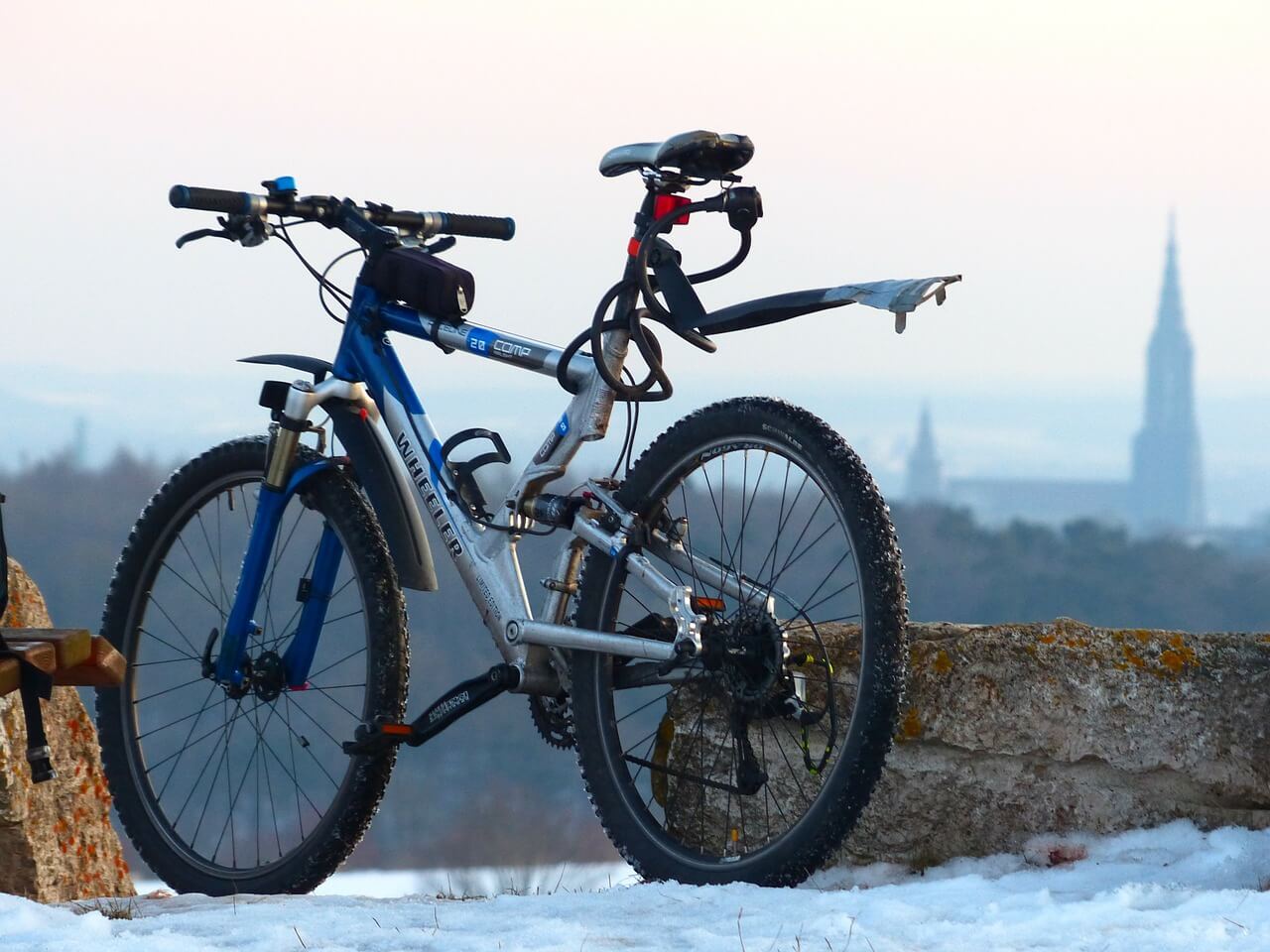
When you hit the trail, the last thing you want is to be distracted and uncomfortable. If you get the wrong mountain bike for your body, you will be.
To fully enjoy the thrills and breathtaking views that come with mountain biking, you’ll need to get a mountain bike that is perfectly suited for your body; but, choosing the right bike is no easy process. To pick a compatible bike, you’ll need to take quite a lot of information into consideration. Luckily for you, our guide below can give you all the info you need to find the best bike for your body!
MTB Measurements: Why Do They Matter?
In the best case scenario, an ill-fitted MTB will slow you down, and zap the joy right out of your ride. In the worst case scenario, an ill-fitted MTB can lead to injury. To find a proper mountain bike, it’s imperative to take the time to measure yourself and measure the bike.
Reach, suspension, and frame size vary from mountain bike to mountain bike, so it’s key that you find the perfect bike that compliments your measurements. Not only does measuring make your ride more comfortable, but it can also drastically improve the speed and efficiency of your ride!
First: Measure Yourself
First things first, you’ll need to measure your standing height and possibly the height of your inside leg (or inseam). Your height estimates frame size, whereas the height of your inside leg measures the standover height of your bike. Basically, the standover height is the distance between the ground and the top tube of your bike frame. Most experts recommend at least one inch between the top tube and where your inside leg ends.
However, the standover height isn’t too important to finding a compatible mountain bike. While road bikes typically have larger frames, mountain bike frames are typically smaller and more compact to suit difficult terrain. As a result, the standover height tends to be lower. So, measuring your inseam is optional, and depends on what you prefer as the rider.

Measure Your Standing Height and Inseam
To measure your standing height, stand flat against the wall without shoes. Then, have someone mark where the top of your head meets the wall. Measure from the ground up to the mark.
To measure your inside leg, stand hip-width apart, with your feet roughly under your shoulders. Then, mark the wall where your leg meets your groin. Measure up to the mark.
MTB Frame Size and Measuring: The Basics
Now that you have your height, you’re ready to find your bike!
When measuring and fitting for a mountain bike, there are two crucial measurements: frame size, and reach. These two measurements will provide a basic idea of the bike size you want.
How to Measure a Mountain Bike Frame
Typically, mountain bikes are sized by the length of their seat tube. To measure a mountain bike frame, you’ll need to measure from the top of the seat tube (not the seat itself) to the bottom bracket where the tube ends. After measuring, you can find the right frame for your height.

How to choose a mountain bike frame size
After you have your height, you’re ready to pick an ideal frame size. Use the table below to find a general frame size!
| Your Height | Bike Frame (inches) | Bike Frame Size |
| 4’10’’-5’0’’ | 13” | X Small |
| 5’0’’-5’2’’ | 14” | X Small |
| 5’2’’-5’4’’ | 15” | Small |
| 5’4’’-5’6’’ | 16” | Small |
| 5’6’’-5’8’’ | 17” | Medium |
| 5’8’’-5’10’’ | 17”-18” | Medium |
| 5’10’’-6’0’’ | 18”-19” | Large |
| 6’0’’-6’2’’ | 19”-20” | Large |
| 6’2”-6’4” | 20”-21” | X Large |
| 6’4’’+ | 22” | X Large |
How Do I Know the Frame Size of My MTB in the Store?
At this point, you might be wondering how to tell the size of a mountain bike. In the store, mountain bikes are either measured through general sizing like S/M/L, in inches, or in centimeters. However, it’s recommended that you measure the bike yourself– size varies, and there is very little consistency across brands.
If you find yourself in between sizes, always go with the larger of the two. Riding a bike that’s too small for you can damage you and your bike, but you can always modify a larger bike to fit your body. On that same note, when going with the larger of the two sizes, just make sure you still match the standover height of the bike.
How Do I Measure the Reach of a Bike?
Reach is a particularly crucial measurement in mountain biking, though it is often overlooked. Essentially, reach helps you determine how the bike fits when you’re standing on the pedals. Because many mountain bike riders spend a lot of time riding out of the saddle, reach is one of the most important measurements.
To measure reach, manufacturers measure the horizontal distance between the bottom axel near the pedal to the top center of the head tube. While it is difficult to measure this in person, many bike brands provide reach measurements alongside frame measurements. Typically, reach is measured in millimeters.

Other Questions about Measuring Your Mountain Bike
Now that you know the fundamentals of measuring your mountain bike, you may have some more in depth questions:
How do I Measure a Mountain Bike Frame with Suspension? How do I Measure a Full Suspension Mountain Bike Frame?
Bikes with full-suspension are made to withstand rocky, bumpy terrain. If you know you’ll need to be in this kind of terrain, it’s important to know how to measure a full-suspension mountain bike frame. Because the bike has suspension in both the front and the rear, the suspension affects the size of the bike frame–but the measurement process is the exact same.
Measuring a full suspension bike frame is identical to measuring a non-suspended bike. To measure a full suspension mountain bike or a suspended bike, you’ll need to measure from the top of the seat tube (not the seat itself) to the bottom bracket where the tube ends.
How to Size a Mountain Bike for a Woman
While the size of mountain bikes is typically measured the same way for women, different components of women’s bikes can vary. In some cases, manufacturers make bikes specifically for women’s anatomy. For example, most women have longer legs and a shorter torso than men; so, some manufacturers have made bikes with shorter top tubes so that the reach is shorter. However, women’s bikes can often suit men as well!
Ready to hit the trails?
Now that you have a general idea of how to measure your bike, you’re ready to hit the trails comfortably, speedily, and efficiently. Happy riding!





